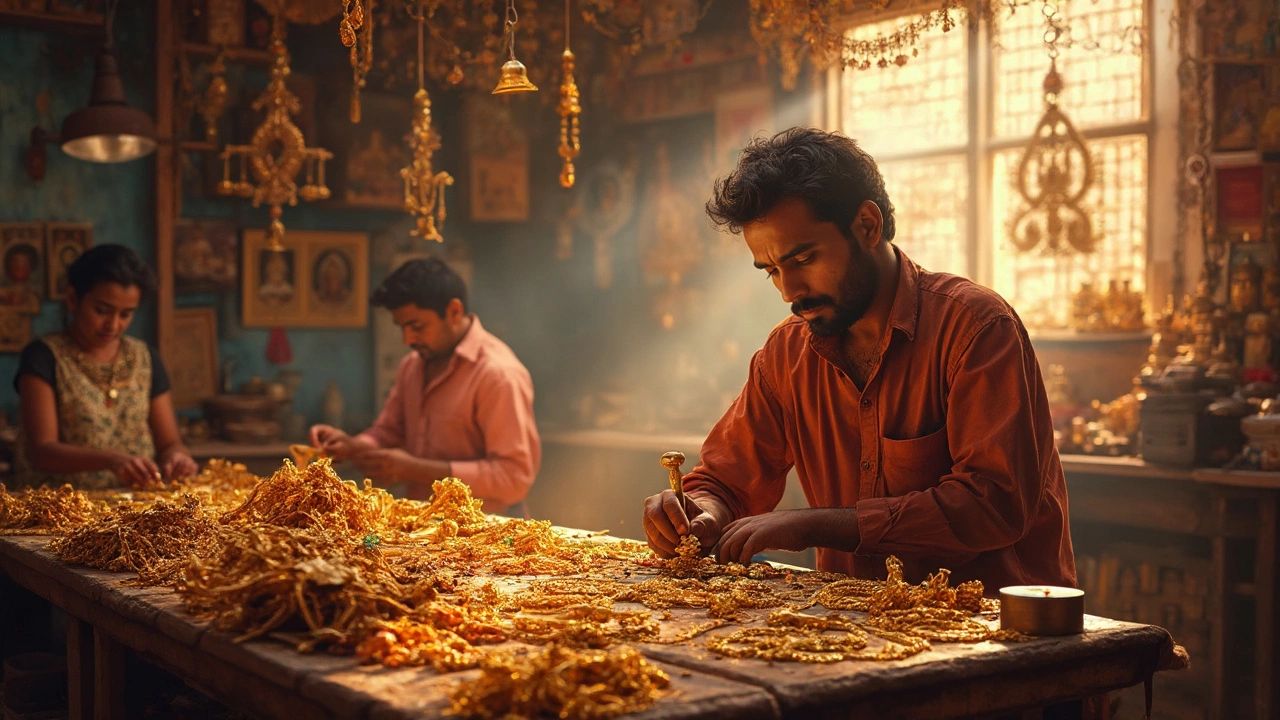Heritage Jewellery: Timeless Indian Designs
When talking about heritage jewellery, the term refers to traditional Indian pieces that carry cultural stories, regional craftsmanship, and often a family legacy. Also known as traditional Indian jewelry, it blends history with everyday wear, making each item more than just an accessory. A classic example is the Mangalsutra, a sacred necklace that signals marital status and varies by region in design and symbolism, which showcases how heritage jewellery can double as a lived ritual. Another key element is the 750 gold stamp, a hallmark indicating 18‑karat purity, often used in heirloom pieces to guarantee lasting value and authenticity. Together, these items illustrate that heritage jewellery encompasses both artistic expression and cultural identity, and understanding their meanings helps you choose pieces that resonate with personal stories.
Why Heritage Jewellery Still Matters Today
Modern shoppers often blend old‑world charm with new trends, and heritage jewellery provides the perfect bridge. Wedding jewellery, for instance, includes iconic pieces like the Kada, a solid steel or gold bangle worn by Sikh men and women as a symbol of strength and unity. While the Kada carries spiritual weight, the Nose pin, a delicate ornament placed in the nostril, reflects regional beauty standards and can be matched with bridal ensembles for added elegance. Both items show that heritage jewellery is not frozen in time; it adapts to contemporary styles, allowing you to pair a classic Mangalsutra with a sleek modern dress or mix a traditional nose pin with a minimalist outfit. These pieces also serve practical roles—protecting cultural identity in diaspora communities and offering a sense of continuity across generations.
Beyond weddings, the investment angle draws many collectors toward heritage jewellery. Diamonds, prized for their brilliance, often appear in heirloom necklaces and earrings, and their value is measured against standards like the Four Cs, cut, color, clarity and carat weight, which determine price and quality. When a diamond set is mounted in 18‑karat gold, the piece combines two timeless assets, making it both a fashion statement and a financial safeguard. This dual nature explains why families pass down such items, treating them as both decorative art and wealth preservation tools. Understanding the link between material purity, design heritage, and market value helps you appreciate why certain pieces become treasured across decades.
All these threads—marriage symbols, regional ornaments, purity marks, and investment potential—interweave to form the rich tapestry of heritage jewellery. Below, you’ll find a hand‑picked collection of articles that dive deeper into each facet, from the nuances of mangalsutra designs to the best ways to evaluate gold purity and the cultural stories behind wedding accessories. Use these insights to decide which pieces speak to your own story and to shop with confidence.
